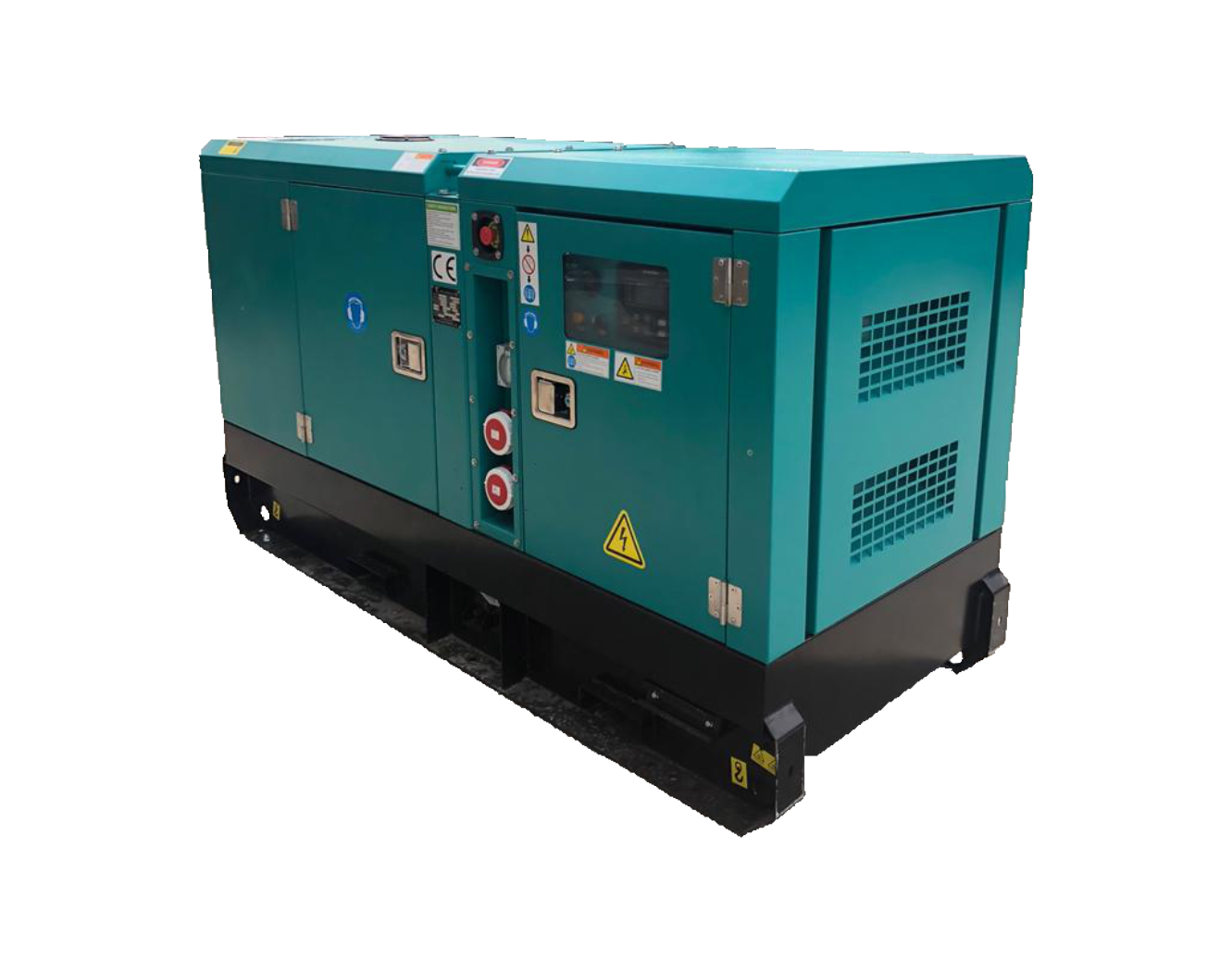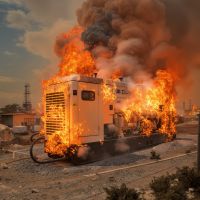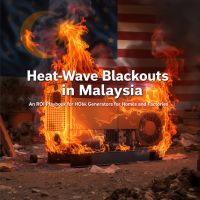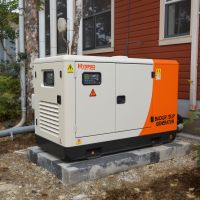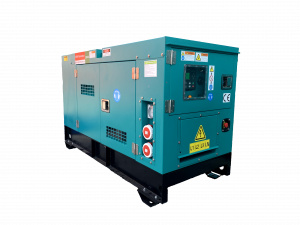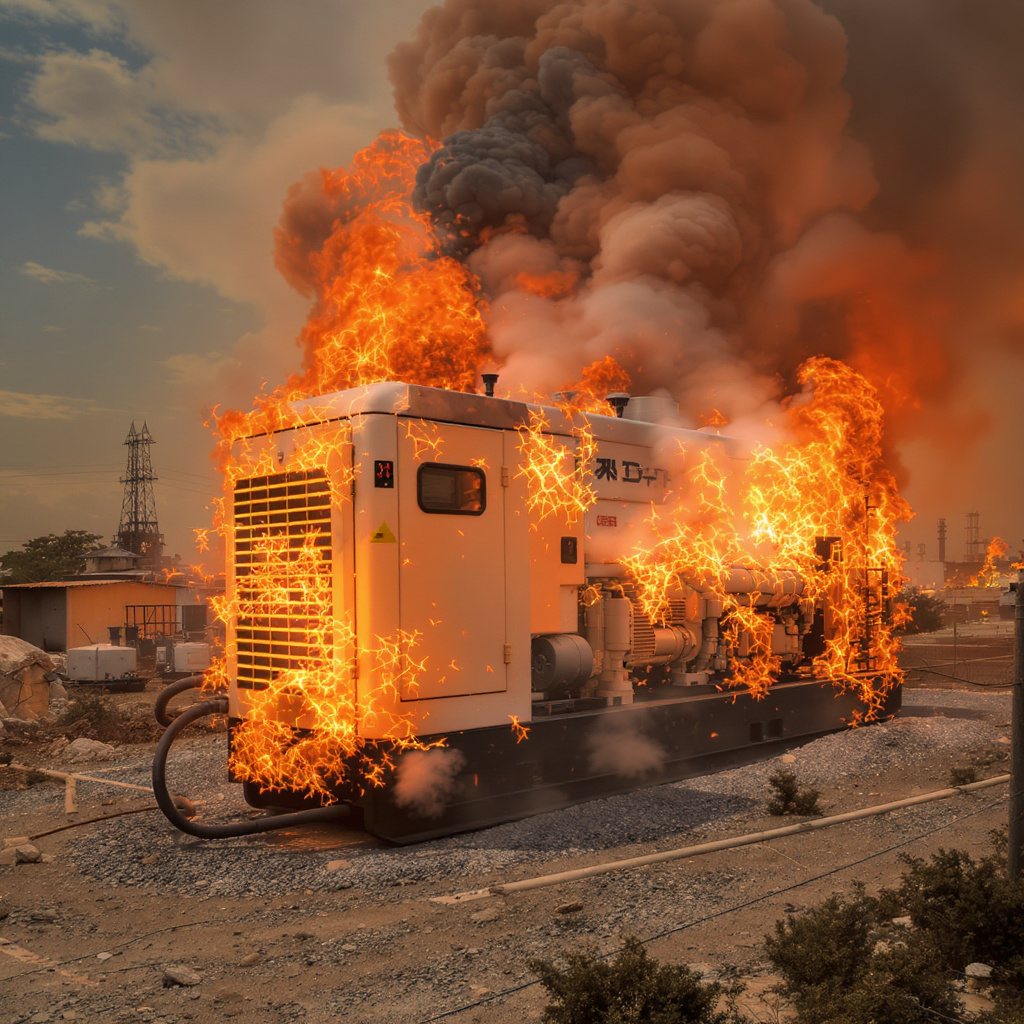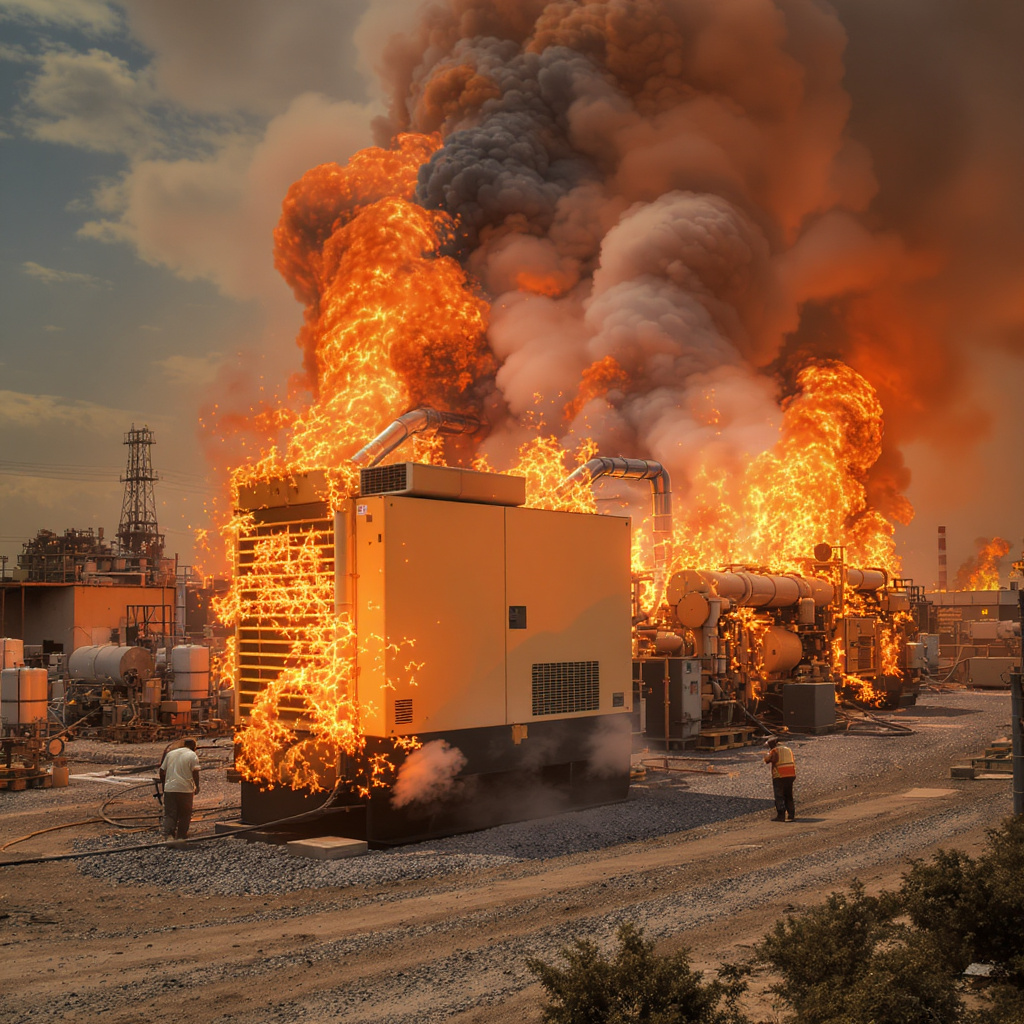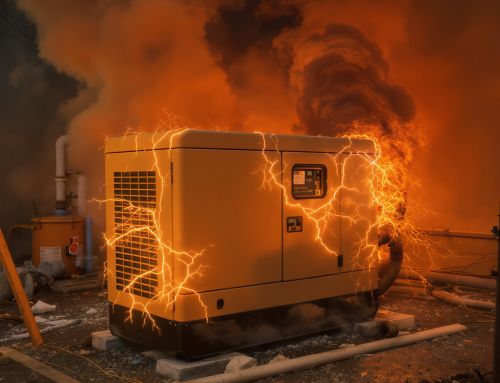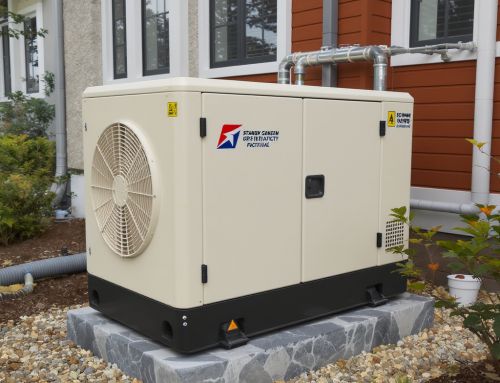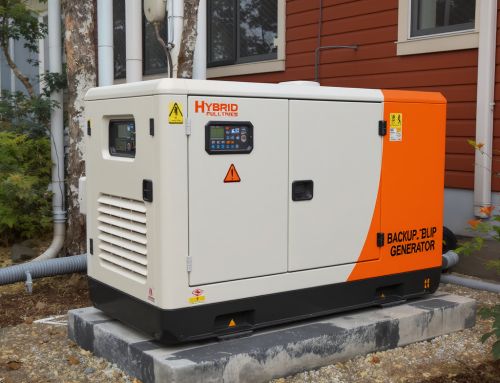Heat Wave Brownouts in Malaysia: ROI and Compliance Guide for Backup Generators in Homes and Light Factories
Malaysia’s hotter, drier spells are straining the grid and triggering more brownouts, especially during peak afternoon loads when cooling demand surges. For homeowners and factory operators, a properly sized standby generator is no longer a luxury — it’s a resilience essential. This guide explains the return on investment (ROI), compliance and safety checkpoints, practical placement tips, and how to right-size for both home and commercial settings.
Why heat waves increase the case for a generator
During heat waves, voltage sags and rolling brownouts can last minutes to hours. At home, that can mean food spoilage, security systems down, and health risks for seniors and infants if cooling fails. In light factories, brownouts cause motor overheating, product defects, scrap, and downtime penalties. A quality generator stabilises your critical circuits, protecting appliances, PLCs, compressors, and servers while sustaining comfort and safety.
Calculating the ROI for homes and light factories
Start with outage impacts: lost inventory, idle labour, rework, and emergency maintenance. In homes, tally food loss, hotel stays, and medical contingencies for heat-sensitive occupants. For factories, add OEE hits, missed delivery penalties, and equipment stress from repeated restarts. Compare these to a generator’s total cost of ownership (TCO): purchase, installation, fuel, service, and periodic load testing.
Typical payback windows we see in Malaysia range from 12–36 months for light industrial sites that suffer frequent brownouts, and 24–48 months for homes with high-value contents and comfort risks. Explore mid-range sets like the 30kVA MGM Generator for small workshops and larger landed homes; or step up to the 60kVA MGM Generator for multi-unit residences or heavier loads.
Sizing and prioritising loads
Homes: prioritise air-conditioning for key rooms, fridge/freezers, lighting, sockets for medical devices, and security. Factories: focus on compressors, CNCs, pumps, process chillers, PLCs, and server/network racks. Consider starting currents — motors can demand 2–6x rated current on startup. Where budgets are tight, segment circuits and add soft starters or VFDs to limit inrush.
Compliance, safety, and noise in Malaysia
Ensure compliance with Suruhanjaya Tenaga (Energy Commission) wiring rules and local authority guidelines for placement and noise. Use an ATS (automatic transfer switch) to meet isolation requirements, and install proper earthing and overcurrent protection. For urban homes and semi-detached factories, acoustic enclosures and low-emission engines reduce neighbourhood impact. Our MGM range offers canopy options optimised for Malaysian humidity and noise expectations.
Placement, fuel and maintenance
Place units on a level plinth with adequate airflow and flood-awareness, especially in states prone to flash storms. Diesel remains the common choice for commercial reliability, while smaller petrol or gas sets can suit homes. Plan quarterly inspections: fuel quality checks, battery health, coolant levels, and a monthly 15–20 minute test run under load. Keep clearance for service access.
Financing and procurement
Spread costs through financing or lease-to-own, offset by the avoided downtime and quality losses. For facilities with growth plans, consider modular capacity — for example, pairing a 60kVA now with readiness for a 100kVA upgrade later. See the 100kVA MGM Generator as a future-proof option.
Get expert help today
Whether you’re protecting a family home or keeping a production line stable in hot weather, we’ll help you plan, size, and install for compliance and ROI. Visit our Online Shop to browse models, or contact us for a tailored proposal. You can also email us at genset@genset.com.my or call +60129689816 to get started.



